5 Types of Critics You’ll Face as a Writer (and How to Handle Them)

So – you just finished your script. Or your novel. Or maybe a short film, short story, or even your first full-length feature.
You’re feeling a mix of pride, nerves, and anticipation. And then… the critics show up.
Some give helpful feedback. Some leave you scratching your head.
And others? They seem like they just want to watch your story burn.
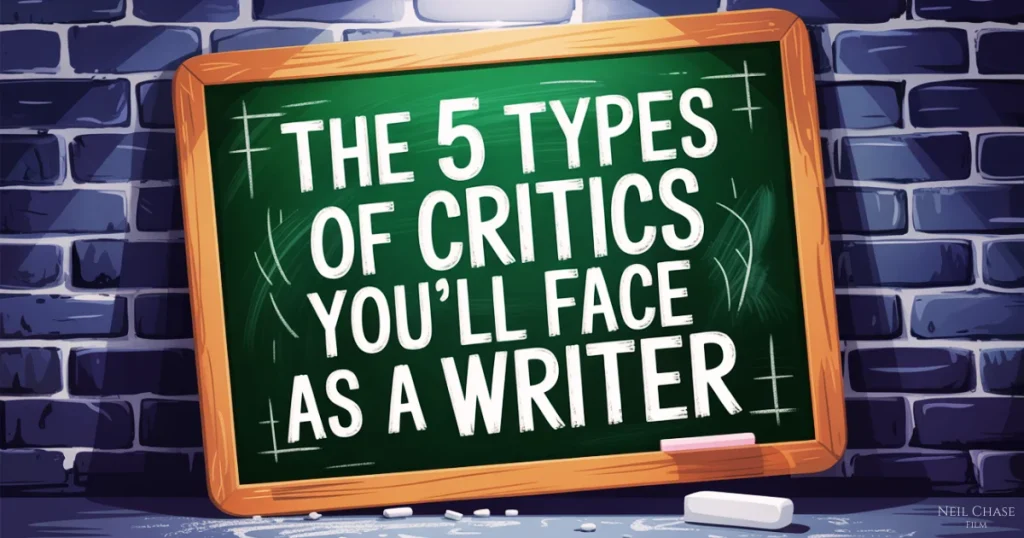
Prefer to watch rather than read? Check out my YouTube video on this topic below!
What Are The 5 Types of Critics?
In this article, we’re going to break down the five kinds of critics you’re going to run into as a writer or other creative- and how to deal with them without losing your mind or your confidence.
Stick around until the end – because only one of these five is the kind of critic you should actually go looking for.
So grab your popcorn, and let’s take a look!
1. The Troll
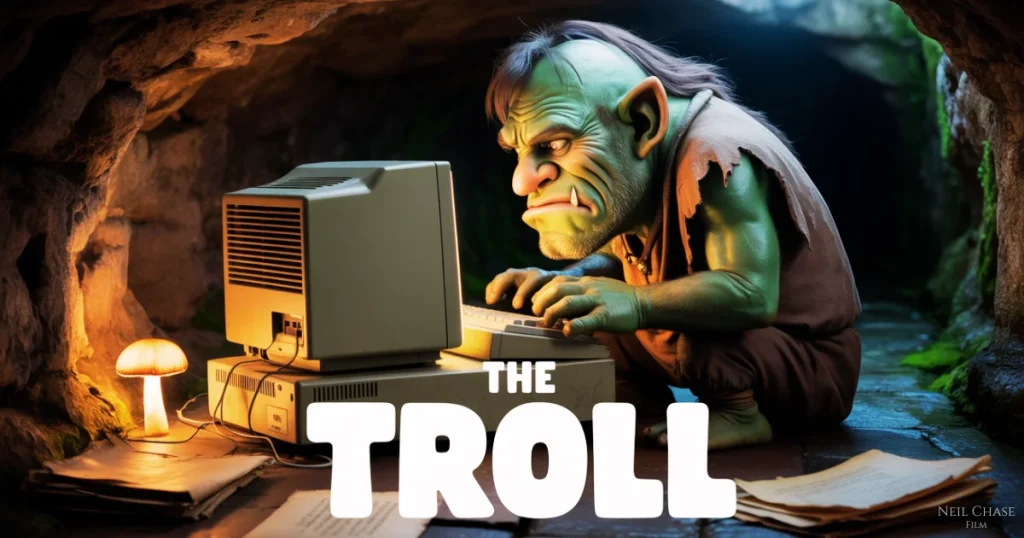
Let’s start with the worst.
This is the internet’s favorite villain.
The troll isn’t here to give notes. They don’t care about your story – and odds are, they haven’t even read your novel or screenplay.
They just want to cause damage, and today, that target happens to be you.
They go after your talent, your appearance, your intentions. This isn’t so much a critique as a character assassination.
And while trolls are usually strangers, sometimes – they’re people you know. A former colleague. A bitter acquaintance. Even someone you once considered a friend.
Personal Story: When my film Spin the Wheel first dropped on VOD, we got hit hard – fast. One hour after our IMDb page went live, we had a 1-star review full of bizarre rants and references to scenes that weren’t even in the movie. Clearly fake.
We got it removed… and then more followed. They even cloned my voice and posted the review as if I had written it about my own film. I eventually found out who it was – someone local. Someone I knew.
How to deal with a Troll:
Block. Mute. Ignore. Trolls feed on attention, so the best response is no response.
Their attacks are not about you – they’re projecting their own bitterness, insecurity, and unhappiness. Don’t feed the fire. Don’t take the bait. Let them sink into their own swamp.
2. The Indifferent Critic

Unlike trolls, these folks are neutral. They might be reviewers, festival judges, or even friends who just aren’t emotionally invested.
They know their stuff. They’ll tell you what worked and what didn’t. They won’t sugarcoat it, but they won’t attack you either.
The downside? They rarely offer solutions.
I’ve had lots of experience with this type. I’ve seen glowing reviews and harsh ones – sometimes for the same project.
These critics call it like they see it, but remember: storytelling is subjective. What one person loves, another may tear down.
How to deal with the Indifferent Critic:
Listen for patterns. If multiple indifferent voices say the same thing – like, “Your second act drags” or “The characters feel flat” – that’s worth looking into.
They may not tell you how to fix it, but they can help identify what needs fixing.
Use the good bits for marketing quotes. Let the rest guide your next rewrite.
3. The Inexperienced Helper
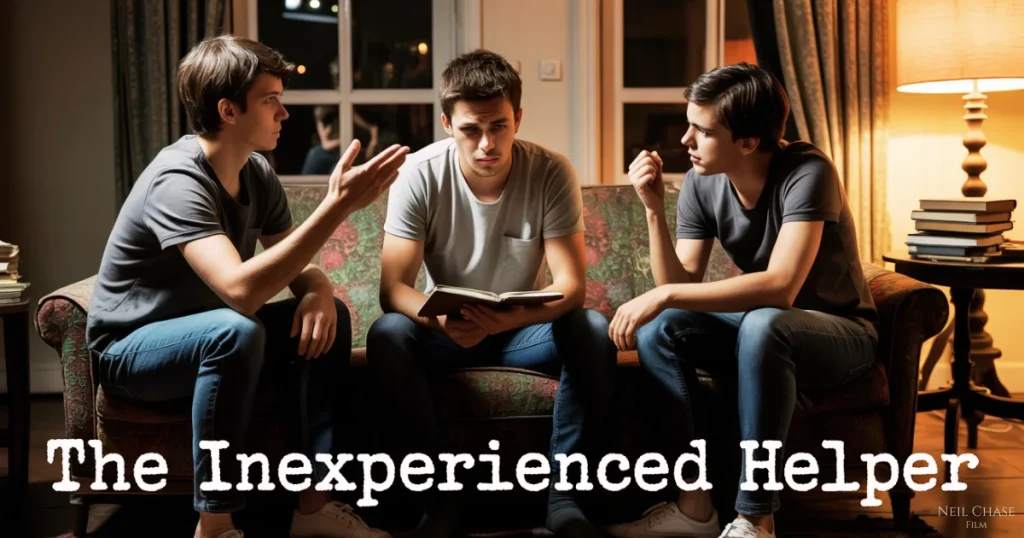
These are friends. Fellow creatives. Family members. Crew or cast members who care and want to be supportive.
They’re coming from a good place. But they don’t always have the tools to give effective feedback.
They might say, “It kinda dragged in the middle,” or, “Something felt off.” And that can be valid – but vague.
How to deal with the Inexperienced Helper:
Appreciate the effort. They may not know structure or theme or character arcs – but pay attention to how they felt.
Were they bored? Confused? Did they laugh where you wanted them to cry? That’s still useful feedback.
Ask questions to clarify. But don’t expect a road map. That’s your job.
4. You (Yes, YOU)
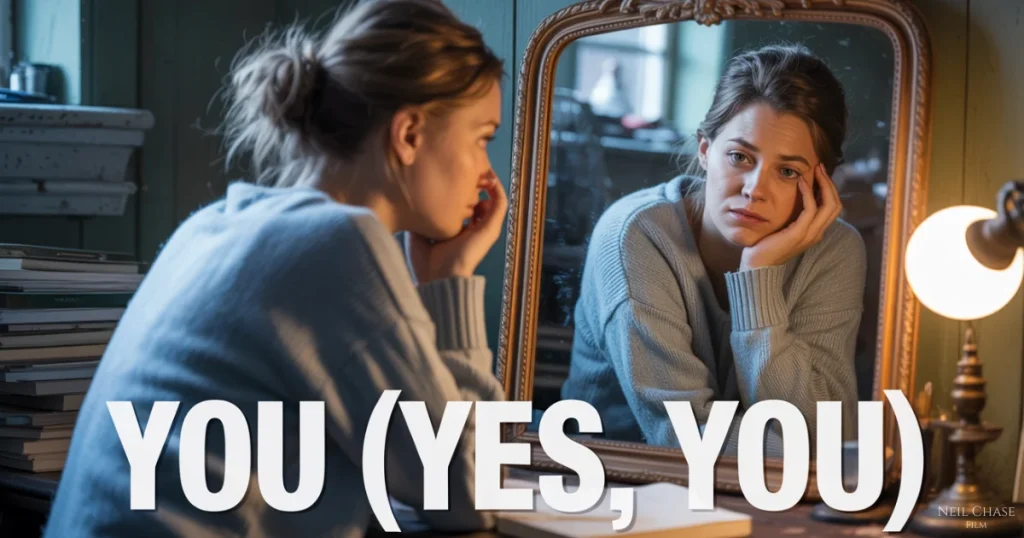
Yep. You might be your own harshest critic.
You know the voice:
- This sucks.
- Why did I think I could pull this off?
- I should just give up.
Especially when someone else points out a flaw, you spiral. Imposter syndrome kicks in. You start questioning everything. Sound familiar?
Look, no one tries to make mistakes on purpose. If you knew how to fix the issue when you were writing it, you would have.
Being unable to fix it immediately doesn’t make you a fraud. It makes you human.
How to deal with Yourself as a Critic:
Step back. Get space. Remind yourself how far you’ve come.
Each project is a step forward. And if you do want to fix the story but feel stuck, bring in someone who can help (more on that next).
You don’t need to beat yourself up. You need support.
5. The Helpful Pro

This. This is the critic you actually want.
They’ve written. Directed. Revised. Failed. Succeeded.
They know what makes a story work – and more importantly, they know why something isn’t landing.
They don’t just say: “This scene is flat.”
They say: “This scene doesn’t work because your main character loses agency here. Let them make the choice instead of just reacting.”
That’s gold.
I’ve been part of writer’s groups, hired consultants, and swapped feedback with other writers or creatives.
The best pros don’t just identify problems – they offer clear, actionable solutions.
How to deal with the Helpful Pro:
Seek them out.
Join advanced workshops. Take real classes. Pay for expert notes. Connect with professionals in your genre.
The great ones are rare, not just because of their talent – but because they care enough to help. These voices will push you up, not knock you down.
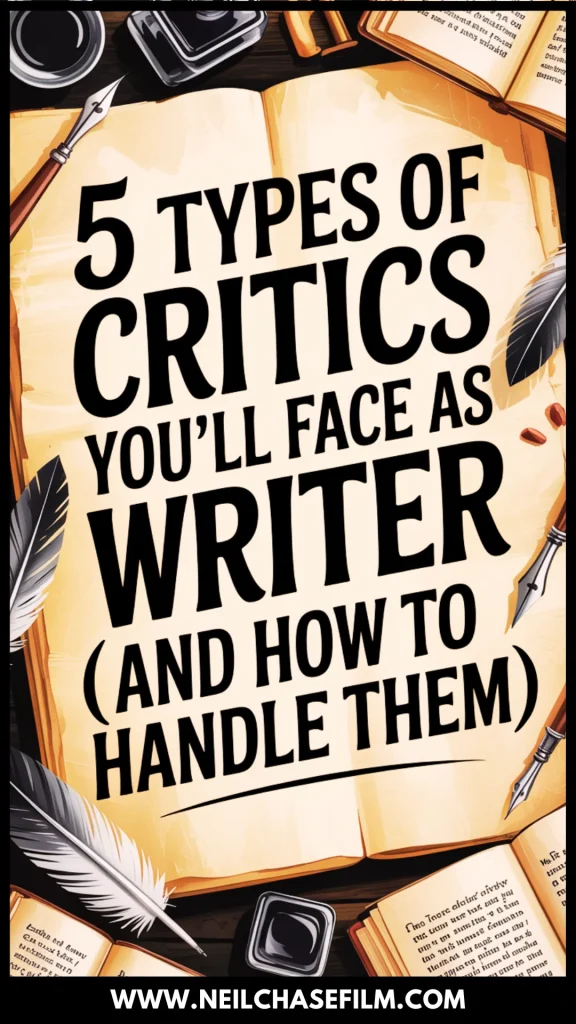
Final Thoughts
Not all criticism is created equal. And when you’re putting your creative work out into the world, you need both thick skin and a smart filter.
Let’s recap:
- Trolls – Block them. They’re noise, not feedback.
- Indifferent critics – Look for patterns. They’re honest, but not always helpful.
- Inexperienced helpers – Listen to their emotions. Don’t expect solutions.
- Your own inner critic – Keep it in check. Step back and breathe.
- The Helpful Pro – This is the voice you should seek out. Learn from them. Thank them. Work with them.
Your job is to protect your creativity without shutting yourself off to growth. That means knowing where feedback comes from – and how much weight to give it.
Because there’s a big difference between plain criticism and constructive criticism. One tears down. The other builds up.
You don’t need to listen to everyone. Just the right people.
Need help on your current project? Check out my coaching packages!






